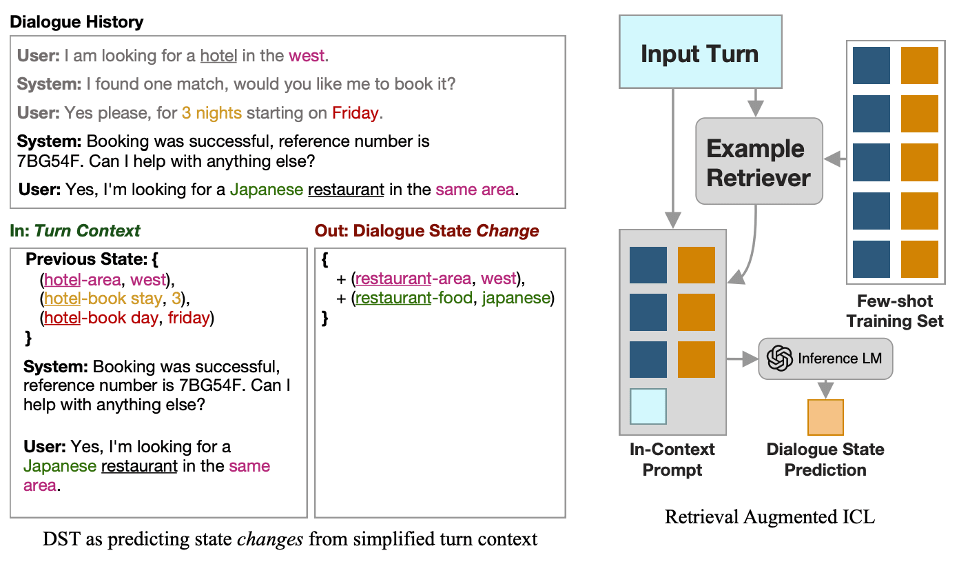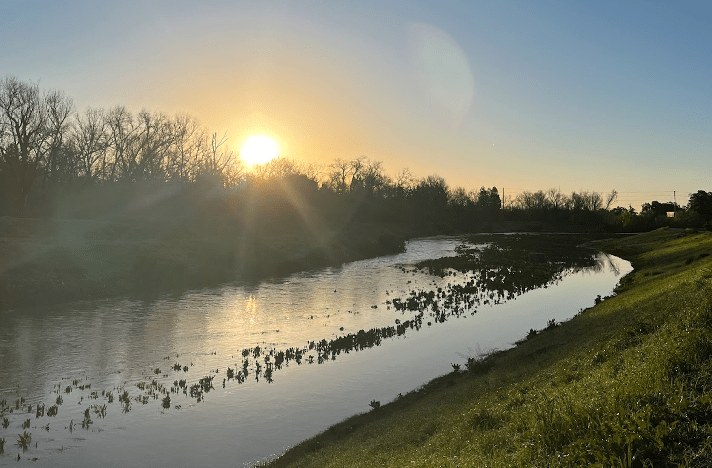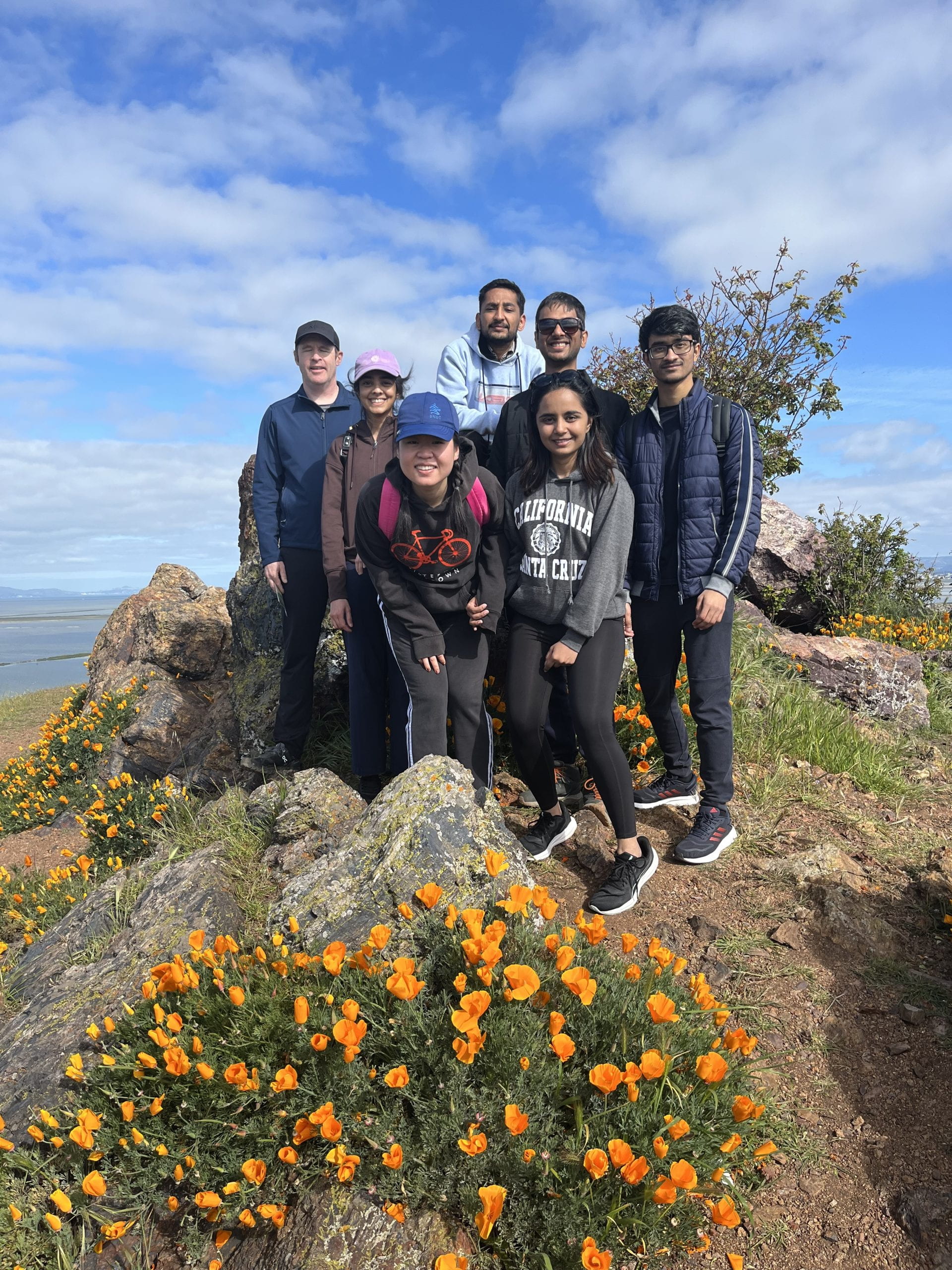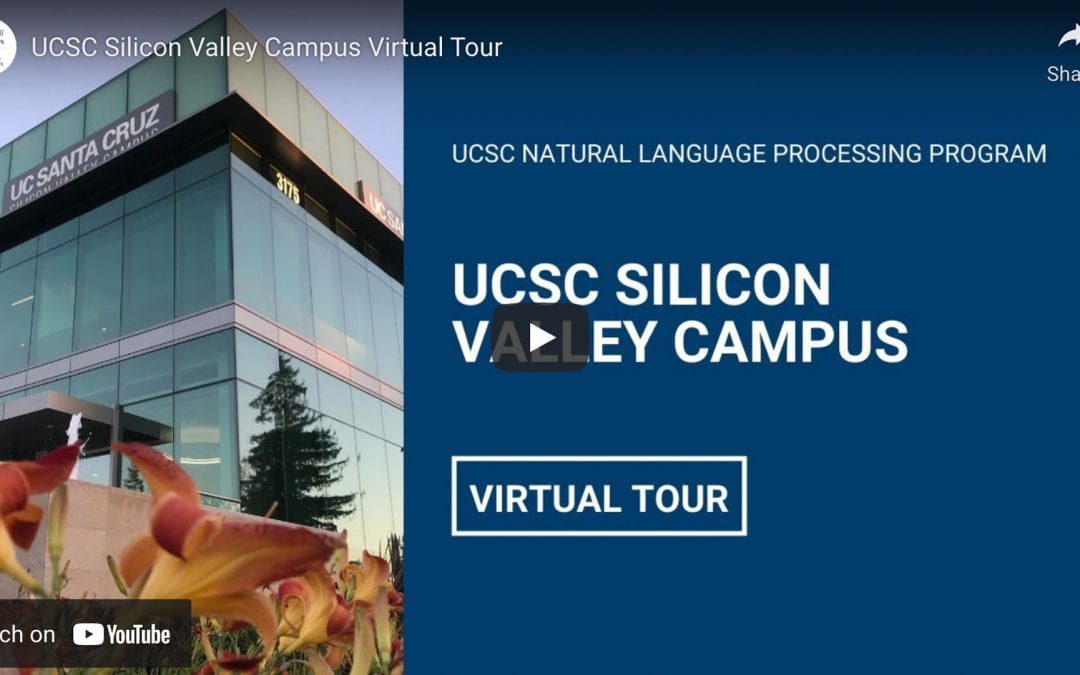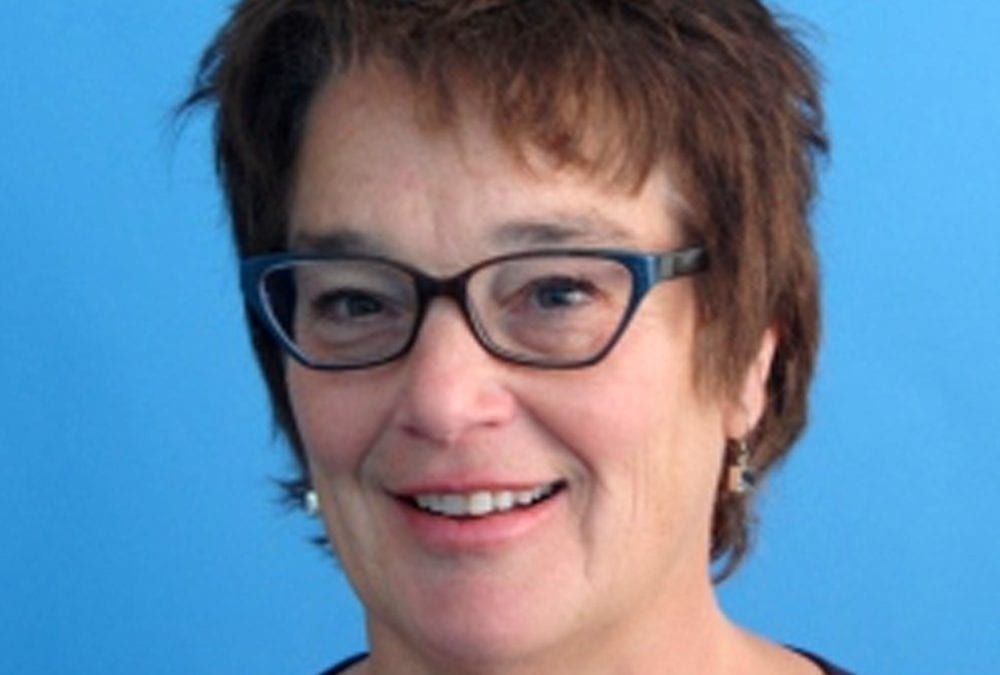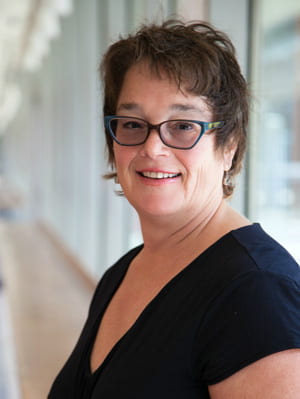It’s a fascinating time to work in natural language processing. In recent years, we’ve witnessed incredible advances in AI and a growing global interest in the NLP methods and technologies driving recent innovations. This year, industry experts and research scientists gathered in Toronto at the 61st Annual Meeting of the Association for Computational Linguistics to discuss the field’s emerging trends and developments, and to showcase important contributions to state-of-the-art research in NLP, computational linguistics, and machine learning.
We’re proud to share that UCSC faculty and students presented six papers at the conference. Keep reading to learn more about each paper and the high-impact research conducted by UCSC’s NLP community.
CausalDialogue: Modeling Utterance-level Causality in Conversations
Yi-Lin Tuan, Alon Albalak, Wenda Xu, Michael Saxon, Connor Pryor, Lise Getoor, William Yang Wang
Abstract preview: Despite their widespread adoption, neural conversation models have yet to exhibit natural chat capabilities with humans. In this research, we examine user utterances as causes and generated responses as effects, recognizing that changes in a cause should produce a different effect. To further explore this concept, we have compiled and expanded upon a new dataset called CausalDialogue through crowd-sourcing. Read the full abstract and paper in the ACL Anthology.
Aerial Vision-and-Dialog Navigation
Yue Fan, Winson Chen, Tongzhou Jiang, Chun Zhou, Yi Zhang, Xin Wang
Abstract preview: The ability to converse with humans and follow natural language commands is crucial for intelligent unmanned aerial vehicles (a.k.a. drones). It can relieve people’s burden of holding a controller all the time, allow multitasking, and make drone control more accessible for people with disabilities or with their hands occupied. To this end, we introduce Aerial Vision-and-Dialog Navigation (AVDN), to navigate a drone via natural language conversation. Read the full abstract and paper in the ACL Anthology.
Automatic Identification of Code-Switching Functions in Speech Transcripts
Ritu Belani, Jeffrey Flanigan
Abstract preview: Code-switching, or switching between languages, occurs for many reasons and has important linguistic, sociological, and cultural implications. Multilingual speakers code-switch for a variety of communicative functions, such as expressing emotions, borrowing terms, making jokes, introducing a new topic, etc. The function of code-switching may be quite useful for the analysis of linguists, cognitive scientists, speech therapists, and others, but is not readily apparent. To remedy this situation, we annotate and release a new dataset of functions of code-switching in Spanish-English. Read the full abstract and paper in the ACL Anthology.
Diverse Retrieval-Augmented In-Context Learning for Dialogue State Tracking
Brendan King, Jeffrey Flanigan
Abstract preview: There has been significant interest in zero and few-shot learning for dialogue state tracking (DST) due to the high cost of collecting and annotating task-oriented dialogues. Recent work has demonstrated that in-context learning requires very little data and zero parameter updates, and even outperforms trained methods in the few-shot setting. We propose RefPyDST, which advances the state of the art with three advancements to in-context learning for DST. Read the full abstract and paper in the ACL Anthology.


 Date: Friday, March 7, 2025
Date: Friday, March 7, 2025 Time: 3:15 – 6:30 PM PST
Time: 3:15 – 6:30 PM PST Location: 3175 Bowers Ave., Santa Clara, CA or Livestream on YouTube@NLP_UCSC
Location: 3175 Bowers Ave., Santa Clara, CA or Livestream on YouTube@NLP_UCSC Register here: bit.ly/3QmOSwC
Register here: bit.ly/3QmOSwC


